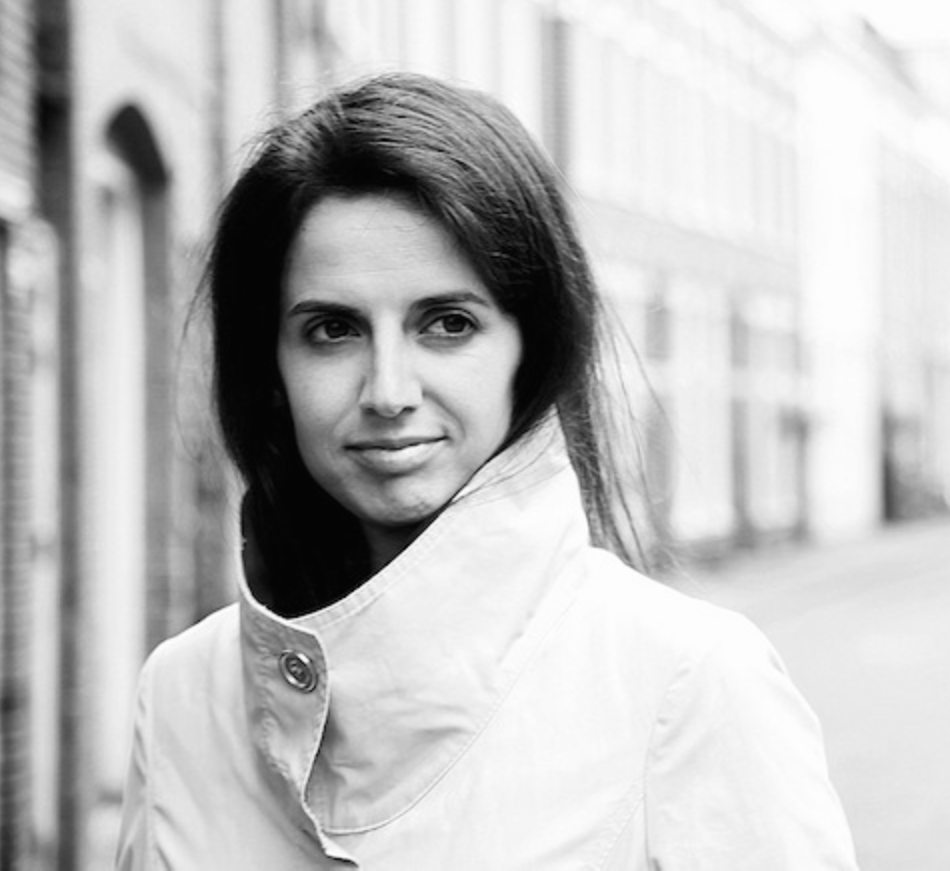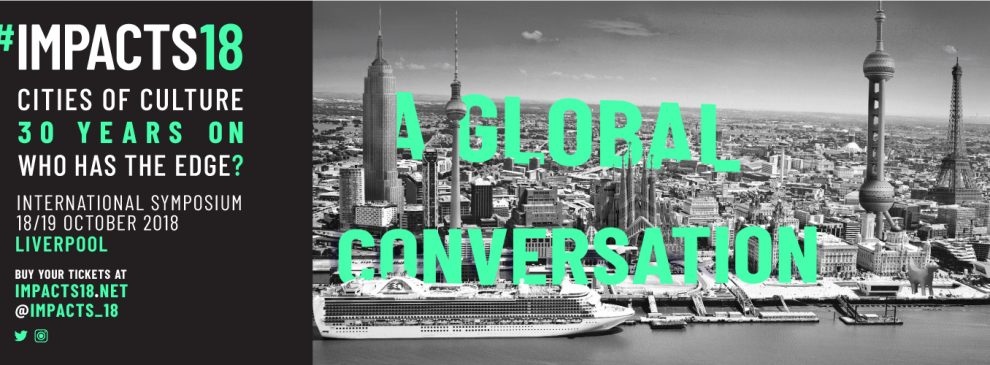Impacts 18: Legacies of Liverpool as European Capital of Culture, 10 years on
Added on Wednesday, October 17th, 2018
 |
In this blog, ICC Director, Dr Beatriz García, discusses the research findings to be presented at the international symposium 18-19 October 2018 – #Impacts18 – Cities of Culture, 30 years on. Who has the edge? |
The Institute of Cultural Capital has conducted research on Liverpool as European Capital of Culture (ECoC) since 2006, documenting the before, during and 10-year legacy of this title. We have analysed 9,300 press clippings (1996-2018), conducted repeated interviews and consultations with over 70 key stakeholders (2006-2018), surveyed 800 residents per year in four representative neighbourhoods (2007, 2008, 2009, 2018) and surveyed over 2,000 people across the UK (20082018). We have also monitored the development of grassroots cultural initiatives across the city centre, analysing the change in over 300 organisations (2005-2018) and explored the city’s socio-economic context over 2 decades.
Our research proves how, since its hosting of the title in 2008, Liverpool has asserted its cultural renaissance. The way the city sees itself, and is seen by the rest of the country, has been transformed, and culture is unmistakably at the heart of the city’s rebirth, with 90% of surveyed local residents agreeing that “over the last decade, Liverpool has become a more creative city”.
Liverpool 08 played a key role positioning culture as a positive driver for change. 40% of surveyed residents state that they are more interested in arts and cultural activities because of the ECoC, and there has been a 12% growth in the levels of interest to attend museums and galleries compared with 2009. Further, 48% of people living in the UK, and 70% of surveyed residents, agree Liverpool 08 shaped Liverpool into a more desirable place to be. Nationally, this belief raises to 95% of those aware of Liverpool as European Capital of Culture.
One of our most remarkable findings is the degree of change in national media representations of the city. In the 1990s, Liverpool was dominantly presented by the national press as a city ridden by crime, poor health and low education levels (over 40% of stories touched on these topics in 1996) with only 11% of stories dedicated to culture. Up to year 2000, the most positive coverage about Liverpool was driven by reference to its icons (from the Beatles to the waterfront), which used to take 20% to 30% of total coverage. Post 2008, discussion on city icons has grown into 42% of coverage across all papers, while social issues average around 30% of stories. Coverage on culture specifically grew dramatically up to 2008 (200% growth). Ten years on, broadsheets have sustained their interest in Liverpool’s cultural offer, dedicating over a third of their coverage to the city’s cultural organisations or programming. Tabloids in contrast have halved their coverage on culture over the last decade, but grown instead their positive coverage on city icons, noticeably driven by a national interest on Liverpool’s celebrities.
The dramatic boost to Liverpool’s reputation and local sense of pride has happened against a background of global recession and dramatic cuts to public funding. This partly explains the fact that, despite historical improvements in terms of employment rates, GVA, productivity and qualification levels, Liverpool remains behind national and core city averages. The latter shows the scale of the challenge for a city traditionally reliant on public spending and paints a complex picture in a post-Brexit environment.
Overall, our extensive research on changing city narratives and our qualitative data capture supports the widespread view that the city is a better place to live by 2018, regardless of ongoing socio-economic challenges. Resident surveys, stakeholder consultation and UK-wide perception surveys consistently show an affirmation in local pride, a growth in national confidence and stronger appreciation of Liverpool as a desirable cultural centre with a more promising future than was the case pre-2008. The latter is also supported by the ongoing rise in student applications and a 53% growth in grassroots and independent cultural initiatives throughout the inner city post its European Capital of Culture year.
During our Symposium we are discussing the value and weight of symbolic as well as socio-economic legacies in order to understand what it takes for a city to benefit from culture-led regeneration. We are debating whether a decade of recovered pride and growing confidence in the context austerity may have made Liverpool particularly resilient and capable of facing up ongoing change. And we are setting these questions in dialogue with other international cities with similar journeys, from Los Angeles to Marseille, from Hull to Shanghai.
Notes
- Access Impacts 08 (1996-2008) findings here: www.impacts08.net
- Access Impacts 18 (2008-2018) findings via: www.iccliverpool.ac.uk/impacts18









Leave a Reply